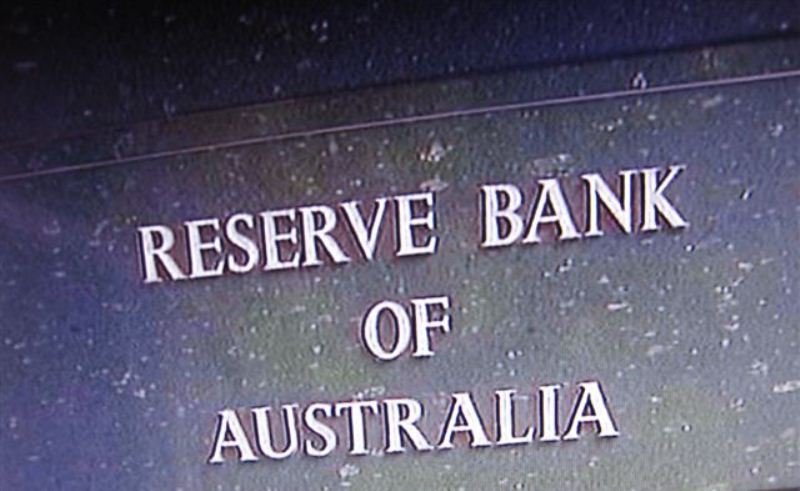Central banks have started to tighten their monetary policy as inflation keeps increasing around the globe, particularly in developed economies. The F
Central banks have started to tighten their monetary policy as inflation keeps increasing around the globe, particularly in developed economies. The FED started ending the QE programme of bond purchases late last year and is preparing to start a rate hike cycle in the March meeting, with some expecting a 50 bps rate hike, followed by a few more throughout the year.
The Bank of England delivered a 15 bps rate hike and now the Reserve bank of Australia (RBA) is starting to tighten the policy as well, ending the QE programme in February. But, the RBA still remains well behind the FED in this regard, which means that the USD will keep the upper foot against the AUD, so we are preparing to sell AUD/USD here at the 50 SMA (yellow) since that moving average has been providing resistance before.
AUD/USD Daily Chart – Retracing Up Before Resuming the Downtrend?
Let’s hope the 50 SMA acts as resistance again for AUD/USD
Reserve Bank of Australia Rate Decision
- RBA holds the Cash Rate at 0.10%, as expected
- Prior rate was 0.10%
- Ends QE with final purchases to take place on Feb 10
- Prior pace of QE was A$4 billion/week
- While inflation has picked up, it is too early to conclude that it is sustainably within the target band
- Repeats that it “will not increase the cash rate until actual inflation is sustainably within the 2 to 3 percent target range”
- There are uncertainties about how persistent the pick-up in inflation will be as supply-side problems are resolved
- Wages growth also remains modest and it is likely to be some time yet before aggregate wages growth is at a rate consistent with inflation being sustainably at target.
- RBA says is “prepared to be patient as it monitors how the various factors affecting inflation in Australia evolve”
- RBA balance sheet is around $640 billion
- RBA will consider the issue of balance sheet reinvestment in May
In the December statement, the RBA tipped that it could end QE in ‘mid-February’. The program was widely expected to be ended today.
Previously, the RBA had said only a gradual pickup in underlying inflation was expected. The very same month, core prices rose 1.0% m/m, data revealed last week. Since then, market pricing for hikes has picked up and there was a 14% chance of a hike priced in next month, rising sharply from there.
Australian Manufacturing PMI

- Australia January final Markit PMI 55.1 vs 55.3 prelim
- Prior was 57.7
- Prelim reading was 55.3
- Manufacturing output contracted for the first time in five months as omicron hampered production
- Both input cost and output prices increased at slower paces when compared to December 2021
Commenting on the latest survey results, Jingyi Pan, Economics Associate Director at IHS Markit, said:
“The IHS Markit Australia Manufacturing PMI showed that, while the sector itself remained in expansion, the COVID-19 Omicron wave clearly impacted operations at the start of 2022. Manufacturing output returned to a state of contraction as supply and labour issues ballooned.
“Suppliers’ delivery times also lengthened at a faster rate amid the spate of COVID-19 disruptions, contributing to a record build up of backlogged work. Any worsening of the demand and output deviation, particularly if pent-up demand is unleashed with improvements in ongoing COVID-19 conditions, carries the potential to aggravate supply constraints.
“The good news is that price pressures eased at the start of 2022. Meanwhile business optimism declined only slightly despite the surge in COVID-19 cases, reflecting some resilience in sentiment.”
AUD/USD
www.fxleaders.com

